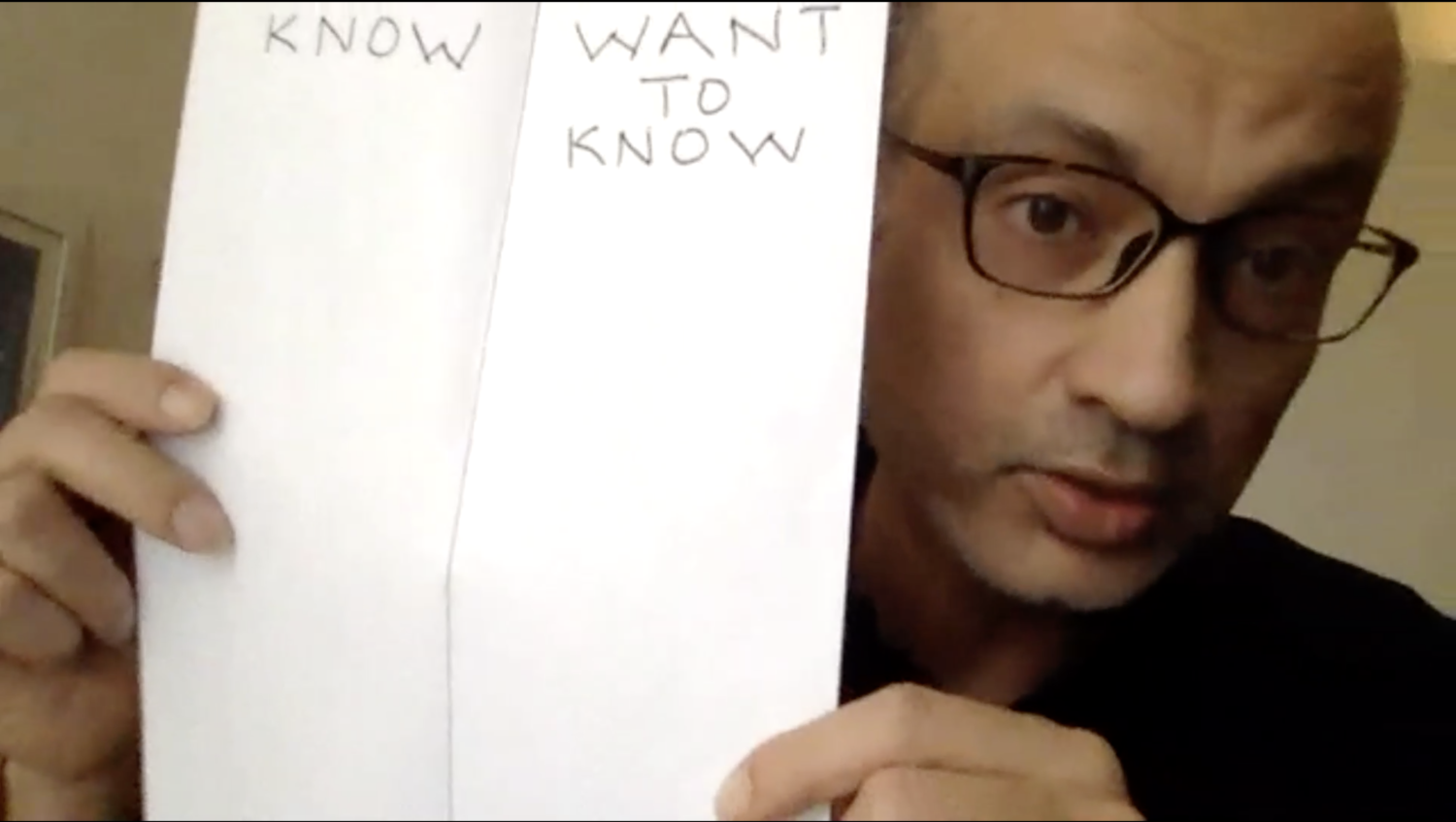
XSEED Founder teaches live online class of 100 students simultaneously, shares experience
This episode of XSEED’s Saturday Series took the fear and hesitation many educators have about online teaching head-on. In a session attended by several thousand educators from around Asia, XSEED Founder and CEO, Ashish Rajpal, openly shared his own experience of first failing and then finding some success in his experience of teaching online.
He had taught several online primary science classes with multi-age, multi-ethnic, multi-country classes, including a live class of 100 students. Simultaneously!
His thoughts struck a chord with teachers at crossroads of moving to virtual classrooms forced by the coronavirus lockdowns. He candidly shared his own process of trial and error as well as nine practical tips for teachers to make the transition to online. His overwhelming advice to teachers: “Just do it! Don’t look for perfection in the beginning, but set the same high expectations for active student learning.”
His training session emphasized that while pedagogy (method) is still the most important thing, the rules of a virtual classroom are different. What works in a physical classroom won’t necessarily work online. “Respect the technology,” said Rajpal, “The mute button and the chatbox [on a video conferencing platform] are your best friends”. He also underlined the importance of choosing content well. “When it comes to content and online teaching for elementary school, less is more! You are not in the lesson to ‘give’ things to children, but to ‘get’ things out of them.”
In response to a question on what can a teacher do online to keep all children engaged when they are not in the same room, he said, “You need to get the right tools for the right class, know how to prepare and practice. Set the tone for your class with energy and enthusiasm. Keep the pace of the lesson brisk, but also give kids enough time to think, respond, and make meaning.”
These points were evident in Ashish’s own demonstration class, where students across countries and time zones were visibly engaged with the learning, sharing their own thoughts about the lesson — both verbally and in writing. Clips from the class were shared in this training webinar.
And the XSEED Method is still a very reliable tool. “Honestly, I used 80-90% of a regular XSEED lesson plan,” shared Rajpal. “Sure, I had to adapt some things to the medium, but I found I had the tools already. The biggest battle was simply to persist even after a class that didn’t go so well.”
Ashish further suggested that school leaders invest in technology training for their teachers. Choose what works for the school’s environment. Wherever possible, leaders should get inside virtual classrooms, if not as a teacher then at least as an observer, to better understand and support both teachers and parents.





